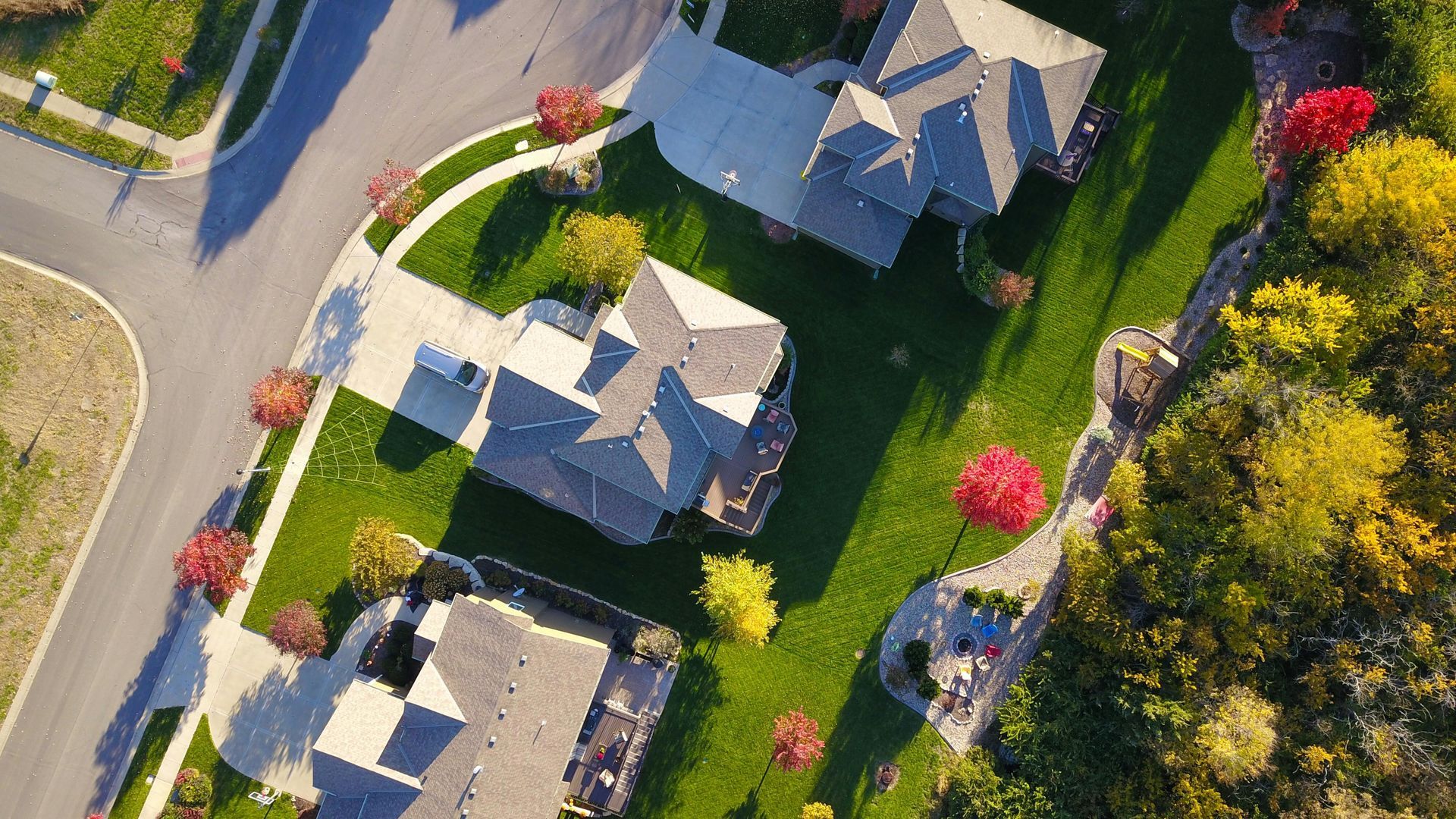Managing Tenant Turnover: Minimizing Vacancies and Maximizing Profits
Understanding Tenant Turnover
For landlords, effective management of tenant turnover is crucial for maintaining profitability and ensuring a steady cash flow. This article explores strategies tailored for reducing turnover, minimizing vacancy periods, and maximizing returns.
Tenant turnover occurs when a tenant moves out, leaving the property vacant until a new tenant moves in. SFRs often experience lower turnover rates compared to apartments, as tenants tend to stay longer in houses. However, when turnover does occur, the impact can be more significant due to the property being entirely vacant.
The Cost of Turnover
Turnover costs can be substantial:
- Lost rental income during vacancy periods
- Marketing expenses to attract new tenants
- Cleaning and maintenance costs between tenancies
- Potential property repairs, updates, or renovations
- Utility costs during vacancy periods
- Lawn care and exterior maintenance
Strategies to Reduce Tenant Turnover
Foster a Strong Landlord-Tenant Relationship
Building a positive relationship with your tenants can significantly impact retention:
- Conduct periodic check-ins to address any concerns
- Respond promptly to maintenance requests
- Consider allowing reasonable customization of the property (e.g., minor landscaping)
Prioritize Property Maintenance
Prompt and proactive maintenance is key to tenant satisfaction:
- Conduct regular property inspections, with proper notice
- Address issues promptly, especially those affecting daily life (e.g., HVAC, plumbing)
- Implement a preventative maintenance program for major systems
Offer Competitive Rental Rates
Price your rental appropriately for the local market:
- Research comparable rental rates in your area and price your rental at the market rate or slightly lower
- Consider gradual rent increases of 2-5% instead of significant hikes
- Offer incentives for long-term leases or early renewals
Improve Tenant Screening
Thorough screening is crucial for finding reliable, long-term tenants:
- Check credit scores, rental history, and employment
- Verify income (aim for income at least 3x the monthly rent)
- Contact previous landlords for references
Invest in Property Upgrades
Property improvements can make your rental more attractive:
- Update outdated appliances and fixtures
- Enhance curb appeal with landscaping improvements
- Consider adding desirable features like a fenced yard or smart home technology
Implement Effective Communication
Clear and consistent communication builds trust:
- Provide open and clear channels of communication for tenants to report maintenance concerns
- Respond promptly to inquiries and concerns
- Use property management software to track communications and maintenance requests
Lease Renewal Considerations
- Provide a rent discount or credit for early renewals.
- Offer the tenant multiple lease renewal options to choose from.
- Set leases to end between April through August which is the easiest time of year to fill vacancies.
- Avoid setting your leases expirations between November to February as you will have greater difficulty finding qualified tenants.
Managing tenant turnover effectively is a balancing act that requires attention to detail, proactive strategies, and a focus on tenant satisfaction. By implementing these strategies, you can minimize vacancies, retain quality tenants, and maximize your rental income. Remember, the cost of retaining a good tenant is often far less than the expenses associated with turnover and vacancy periods.
Ultimately, successful property management comes down to creating value for your tenants while maintaining profitability. By focusing on tenant satisfaction, property maintenance, and strategic marketing, you can build a stable, profitable rental business that weathers market fluctuations and continues to grow over time.














